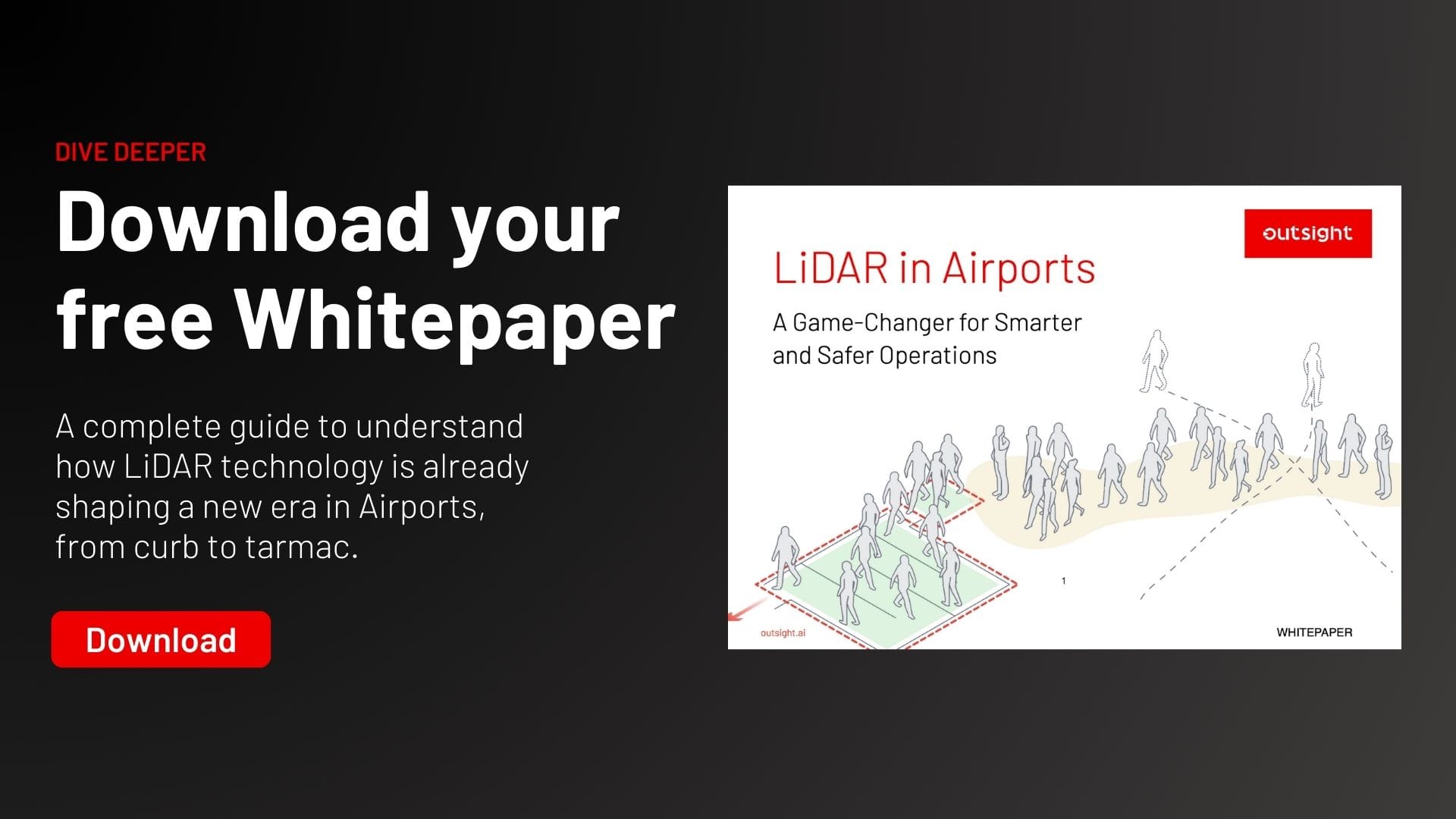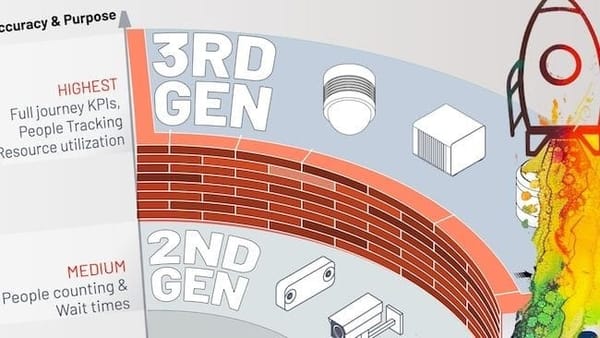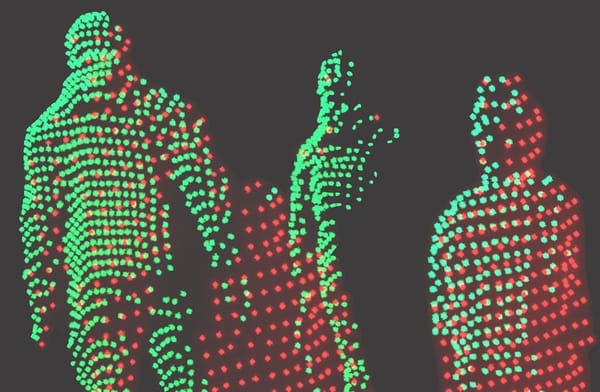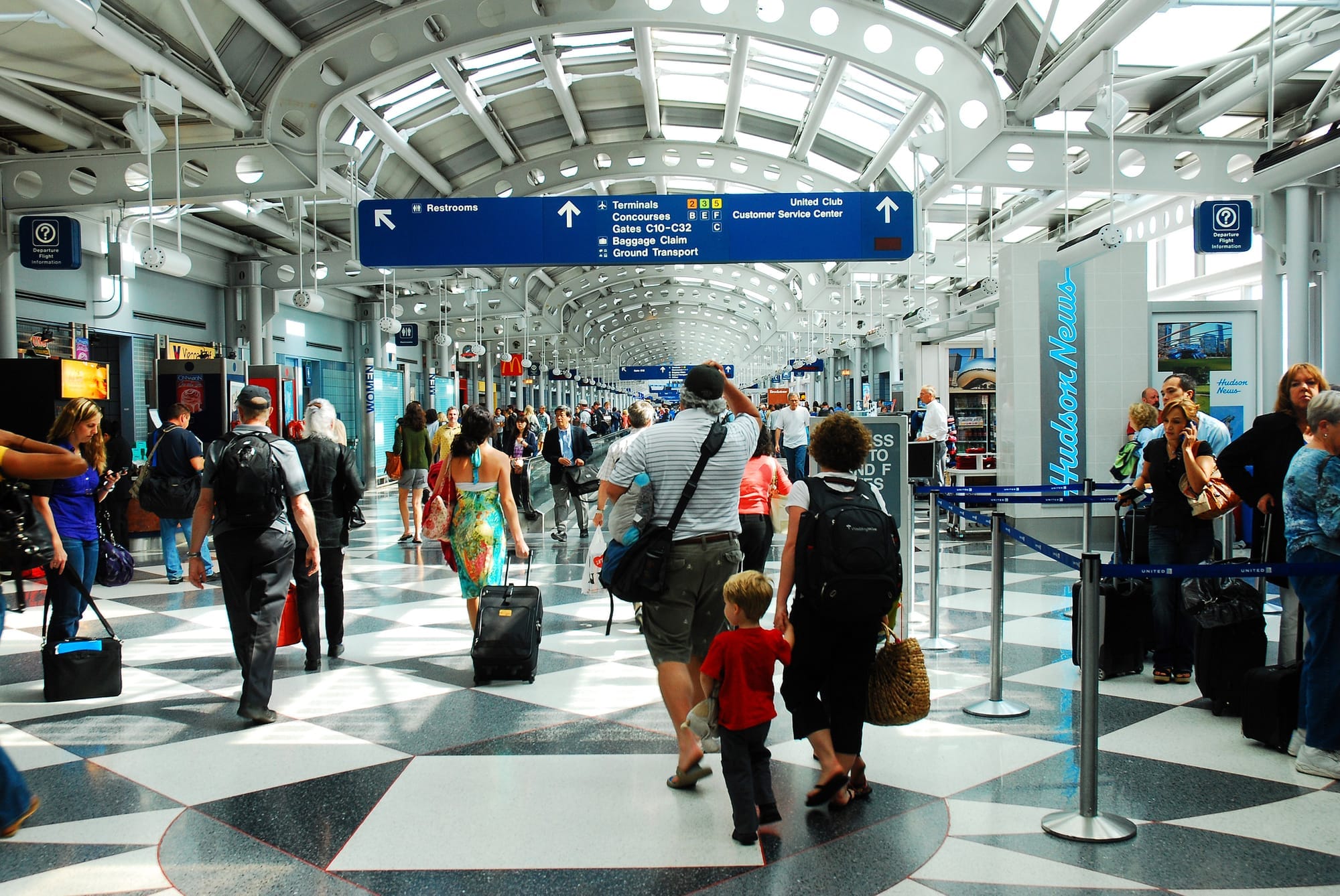
End to end Passenger Journey Tracking with LiDAR Technology
LiDAR-based Spatial AI significantly enhances airport operations, improving passenger flow and reducing wait times at key touchpoints.
According to the Federal Aviation Administration, 10 million+ flights are scheduled yearly and about 2.9 million passengers fly in and out of US Airports every day.
This data helps to understand the vast number of passengers arriving at and departing from airports.
Airports have the critical responsibility to ensure that millions of people can navigate their facilities smoothly, spend minimal time waiting at checkpoints, and enjoy a pleasant overall experience.
However, travelling via an airport involves navigating through several touchpoints, each of which can be time-consuming and potentially lead to passenger dissatisfaction if there are delays or inefficiencies.
LiDAR-based Spatial AI is emerging as a pivotal technology in this quest, improving how airports manage and streamline various touchpoints.
From check-in desks to boarding gates, this technology offers real-time insights that significantly impact service delivery and operational dynamics.
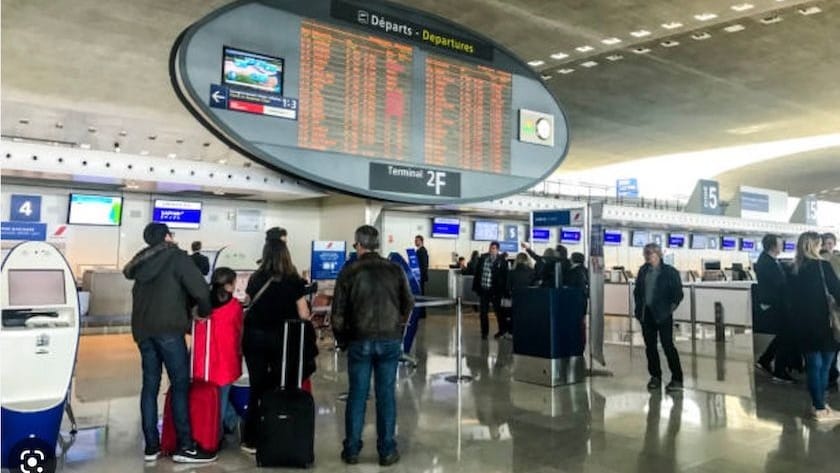
Traffic Management at Curbside, Taxi Stands, and Parking
Outsight's Spatial AI technology transforms the management of curbside traffic, taxi stands, and parking facilities through high-resolution data from 3D LiDAR sensors.
LiDAR sensors collect data and require a specialised software like Outsight's 3D Computer Vision technology to process the 3D data on both pedestrian and vehicular movements, providing a comprehensive overview in real time.
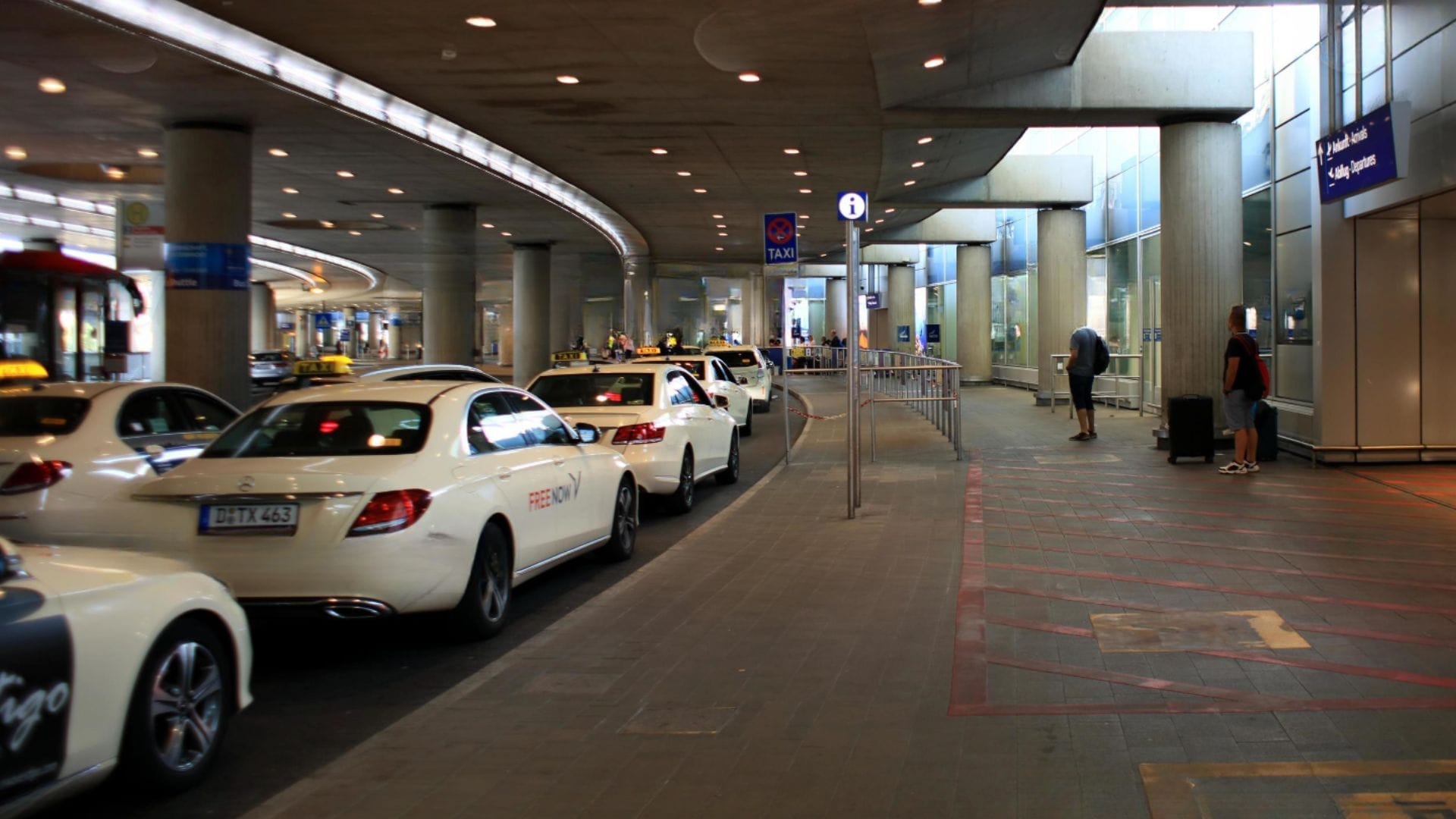
With this data, airports can proactively manage congestion and improve traffic flow, which is critical for maintaining a smooth operational tempo from the moment passengers arrive.
Check-In Processes
The check-in process is often fraught with delays, which can set a negative tone for the travel experience.
Outsight addresses this challenge by leveraging LiDAR data to track custom KPIs, identify queue formations and monitor kiosks occupancy continuously.
This unique functionality allows airport staff to allocate resources dynamically, reducing wait times and streamlining the check-in process.
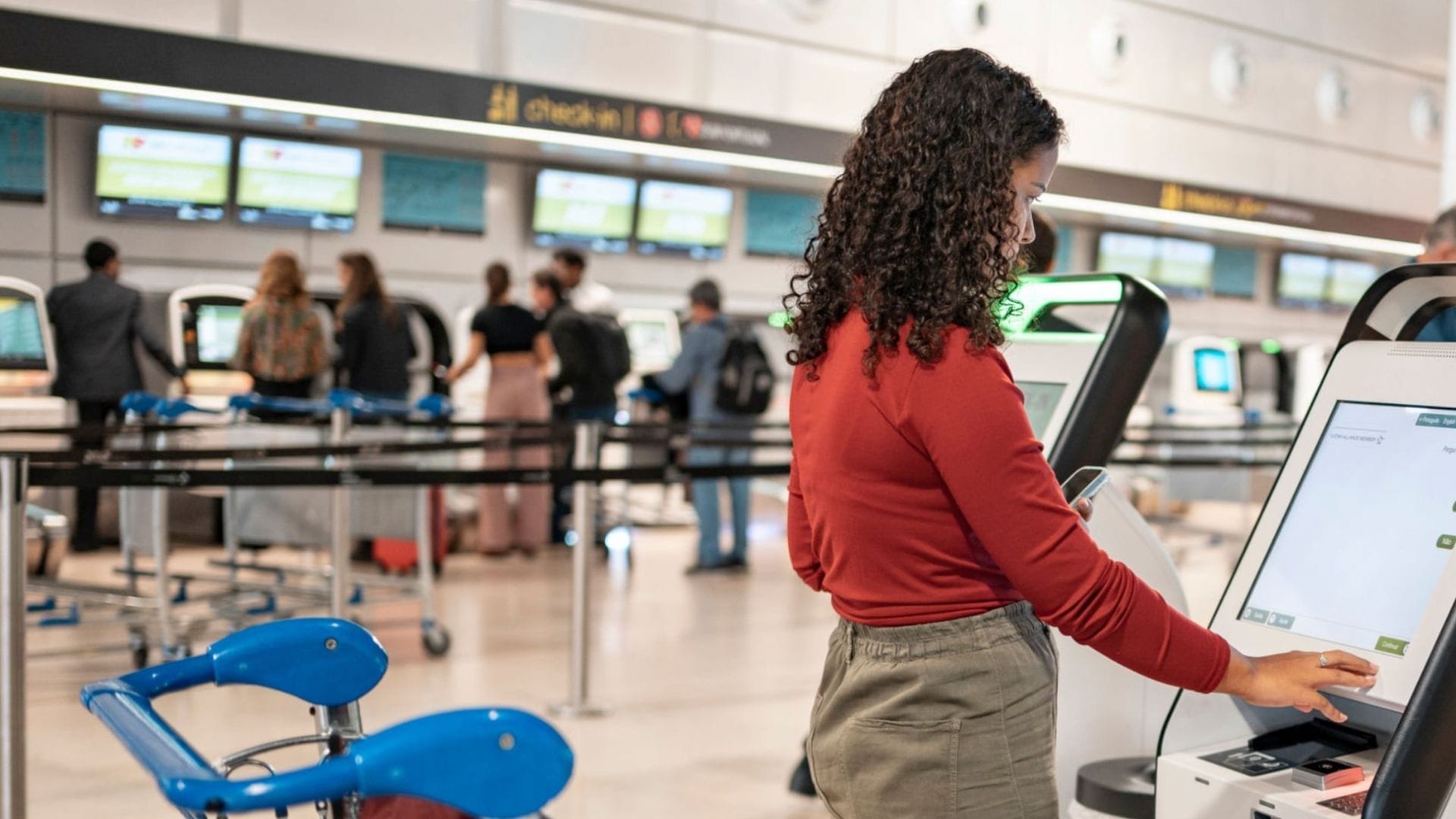
By ensuring that passengers spend less time in lines, airports can enhance customer satisfaction and operational efficiency.
Security & Immigration Operations
Security and immigration checkpoints are critical areas where the balance between efficiency and stringent security is paramount.
LiDAR-based Spatial AI excels by providing detailed analytics on passenger flows.
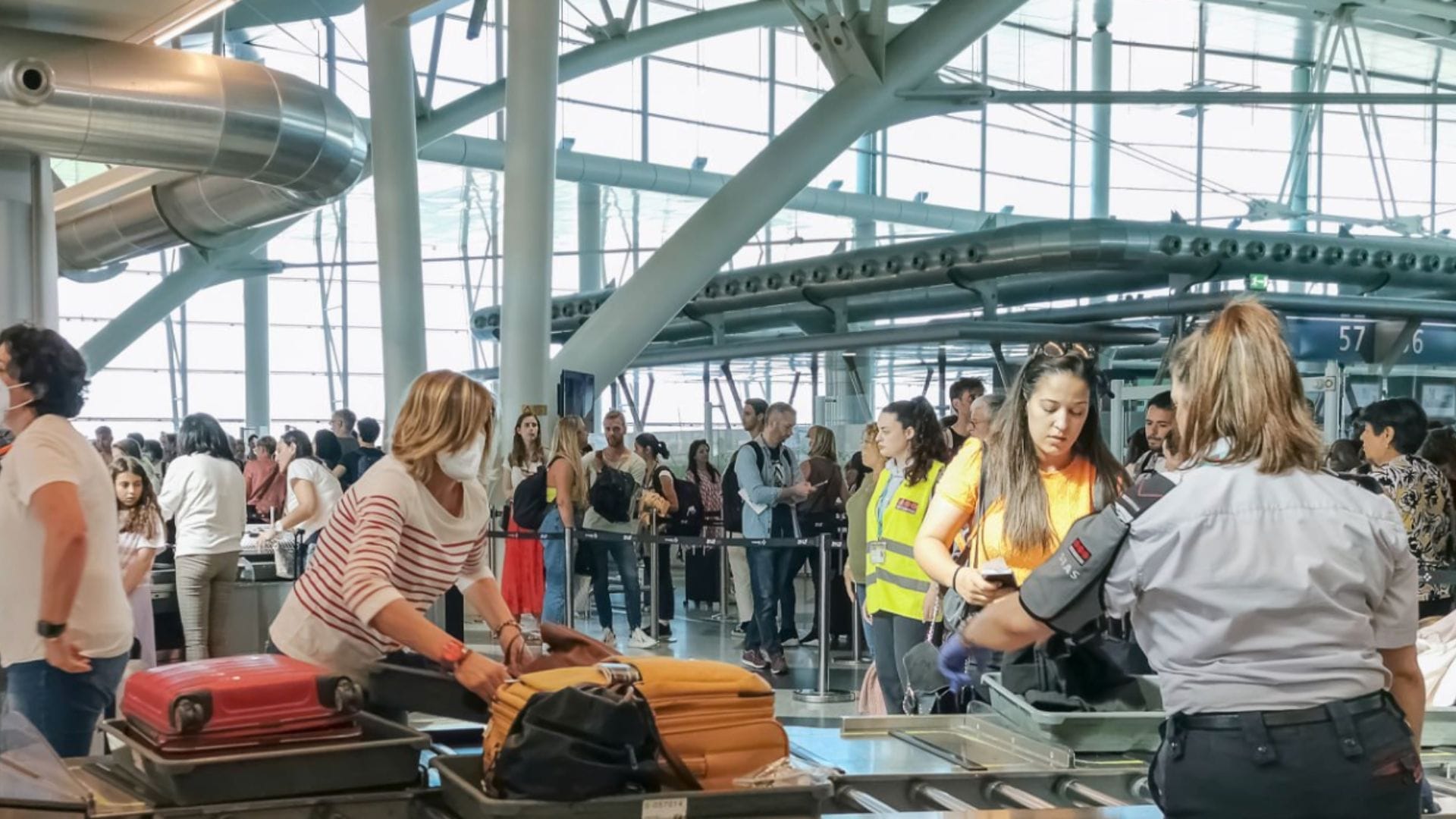
The LiDAR data insights provided by Outsight's Spatial AI solution enables airports to adjust staffing and resource allocation in real-time, thereby minimizing bottlenecks without compromising security protocols.
At immigration checkpoints, the same technology ensures that movements are tracked and processed efficiently, leading to reduced wait times and a more pleasant travel experience.
Retail Zones
In retail zones, understanding and managing passenger flow is crucial for maximizing sales.
Comprehensive 3D Computer Vision software solutions like Outsight provide detailed analytics on passenger movements and dwell times, which retailers can use to enhance store layouts, adjust staffing, and tailor marketing strategies.
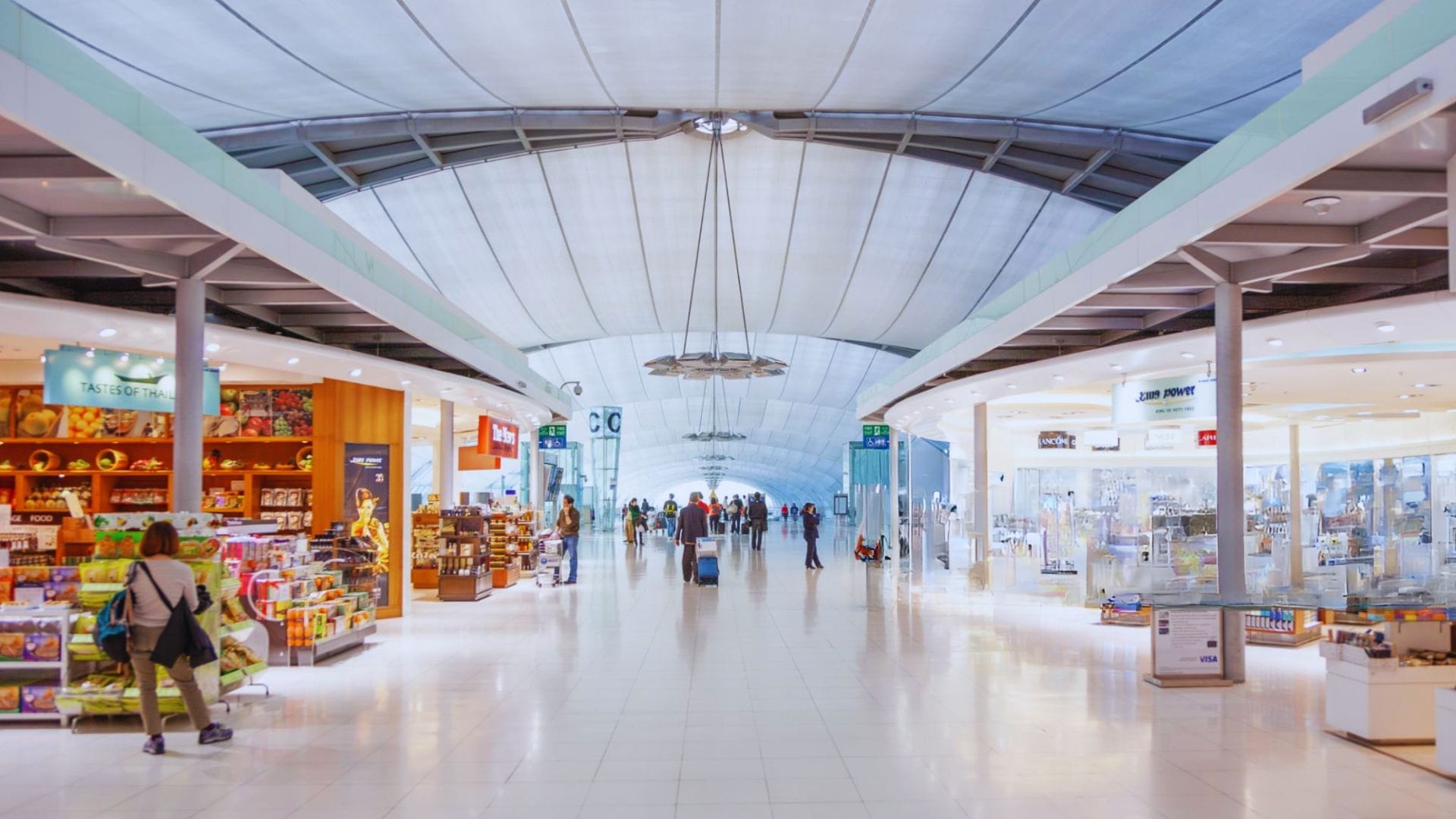
Lounge Areas
In airport lounges, maintaining an optimal level of comfort and service is essential for passenger satisfaction.

Outsight’s LiDAR-based system monitors real-time occupancy and space usage, ensuring that these areas are well managed.
Spatial AI insights allows lounge operators to adjust offerings, manage capacity, and maintain a high-quality environment by aligning cleaning and maintenance schedules based on occupancy, thus enhancing the passenger experience during transit.
Boarding and Arrival Gates
Managing gates efficiently is vital for on-time departures and arrivals.
This technology can also assist in making last-minute adjustments to gate assignments if a particular area is over-crowded or underutilized, optimizing the use of available space and resources.
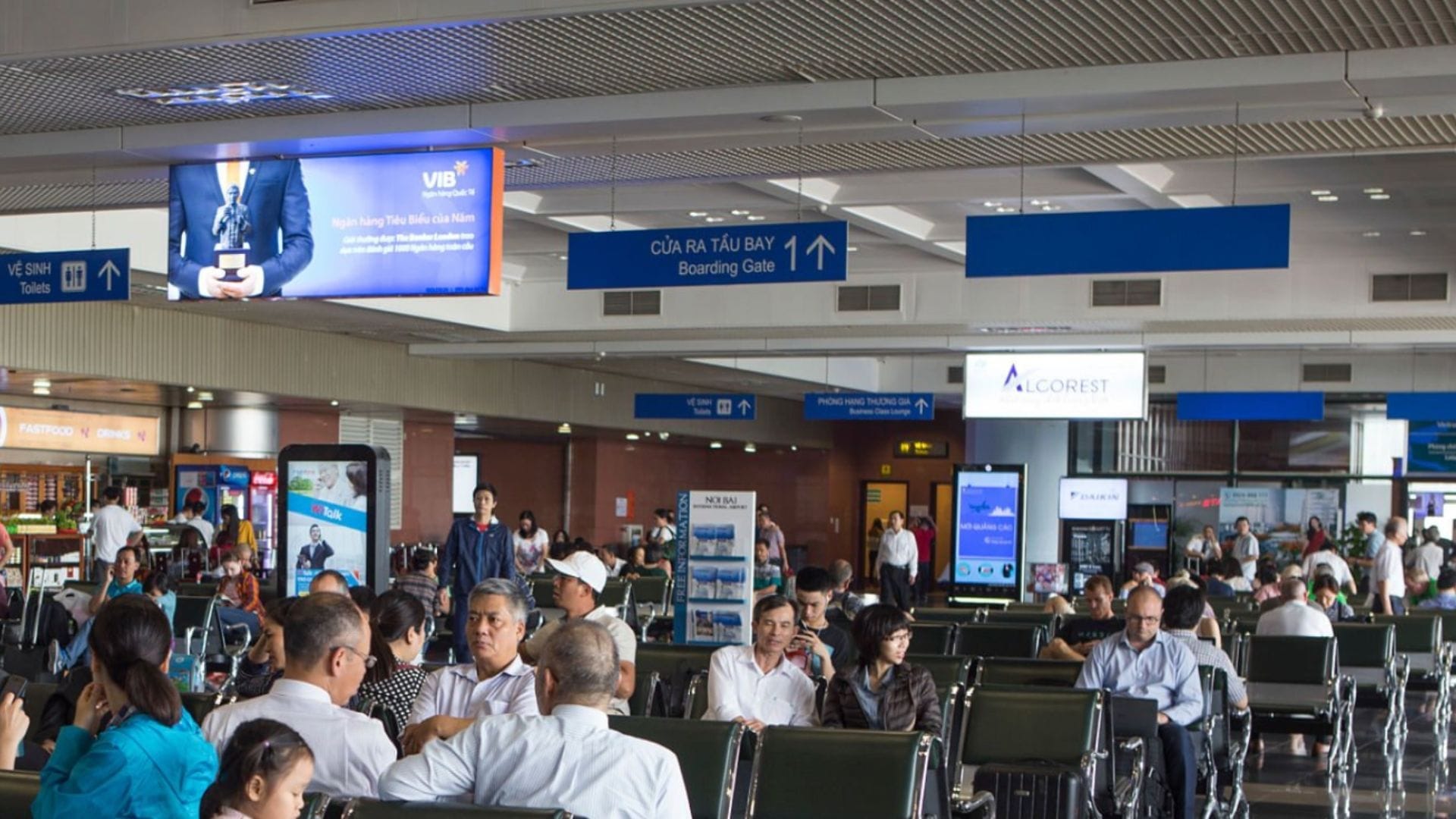
Baggage Claim
LiDAR technology at baggage claims helps monitor and manage the flow of passengers retrieving their luggage.
By understanding crowd dynamics, airports can prevent bottlenecks and ensure that the delivery of baggage is synchronized with passenger flow rates.
This not only speeds up the process but also reduces the stress associated with waiting for luggage.

Conclusion
Outsight’s LiDAR-based Spatial AI is a transformative technology for airports, offering unprecedented insights into how spaces are used and how people move through different touchpoints.
Airport operators can leverage LiDAR data collected at each touchpoint to gain a comprehensive, end-to-end understanding of passengers' journeys from the moment they enter the airport until they leave.
By integrating this technology, airports can manage their operations more effectively, improve passenger satisfaction, and reduce operational costs.

As this technology continues to evolve, its potential to reshape airport experiences is immense, promising a smoother, more enjoyable journey for travelers worldwide.
